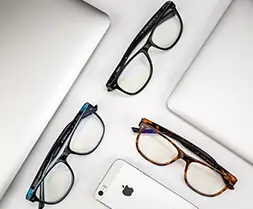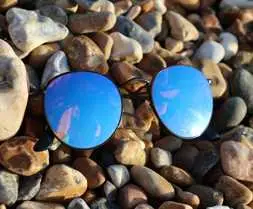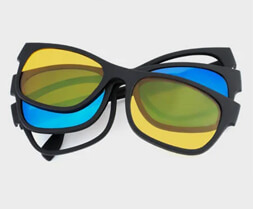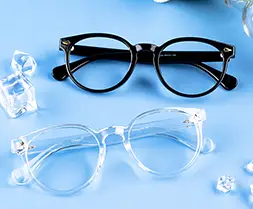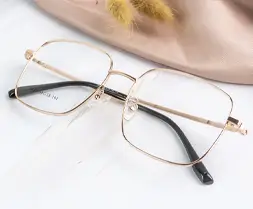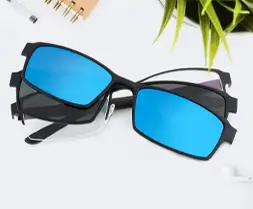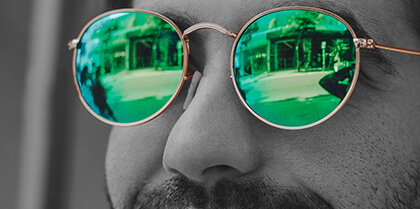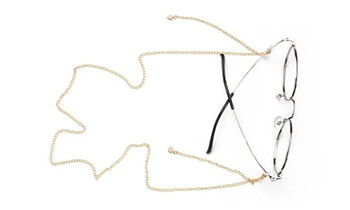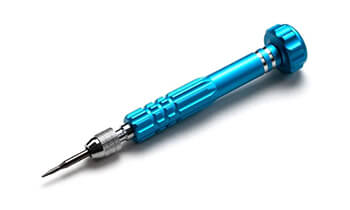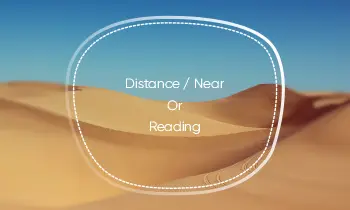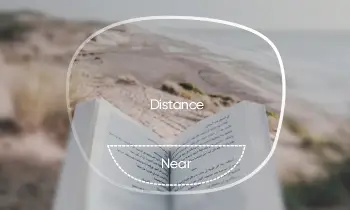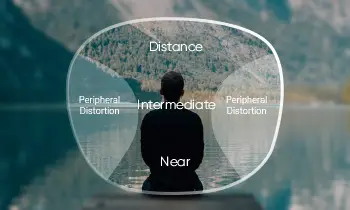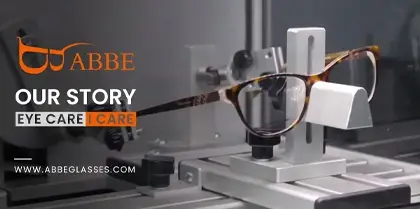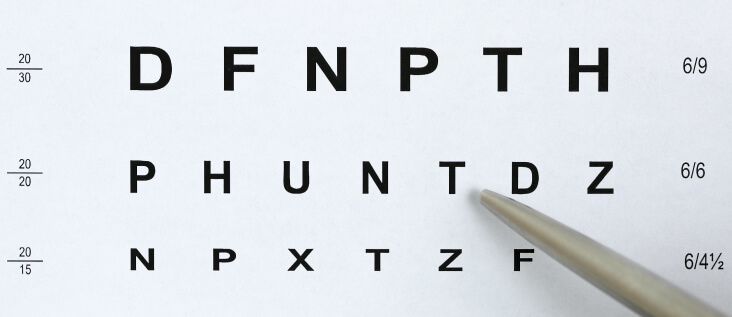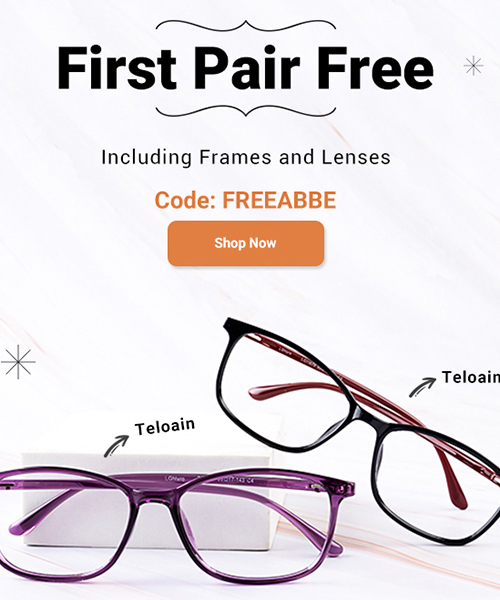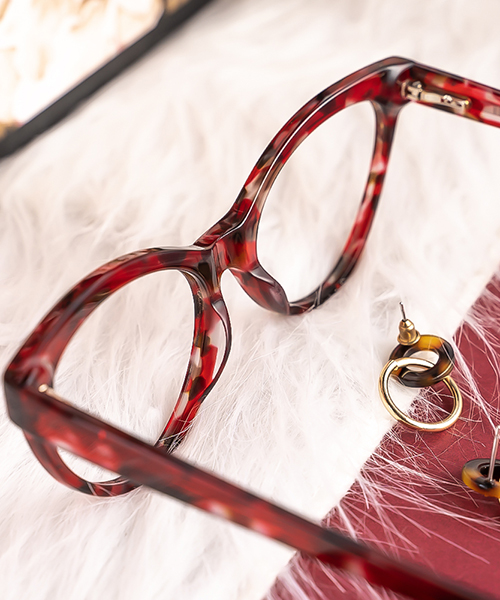What is 20/20 Vision?
20/20 vision is a term that is often used to describe the clarity or sharpness of someone's eyesight. This term refers to the standard measure of visual acuity, which is the ability to see details at a distance of 20 feet. It is considered normal or average vision, and someone with 20/20 vision can see what most people can see from that distance.
However, it is important to note that 20/20 vision does not mean perfect vision. It simply means that someone can see details clearly at a distance of 20 feet. There are other factors that contribute to overall visual health, such as depth perception, color vision, and peripheral vision.
Other Vision Measurement
There are also other measures of visual acuity that are commonly used, such as 20/40 or 20/60. These measurements indicate that someone can see at 20 feet what a person with normal vision can see at 40 or 60 feet, respectively. A person with 20/200 vision is considered legally blind, as they can only see at 20 feet what a person with normal vision can see at 200 feet.
Someone with 20/15 vision can see at 20 feet what a person with normal vision can see at 15 feet. This means that someone with 20/15 vision has better than average visual acuity and can see more detail at a distance than someone with 20/20 vision. This level of visual acuity is often found in individuals who work in occupations that require exceptional vision, such as pilots, astronauts, and military personnel.
A person with 20/10 vision has even better visual acuity than someone with 20/15 or 20/20 vision. They can see at 20 feet what a person with normal vision can see at 10 feet. This level of visual acuity is quite rare and is often found in people who have undergone refractive surgery or have other exceptional vision abilities.
20/20 Vision and Eye Exam
While a measurement of 20/20 vision can give an indication of someone's visual acuity, it is not a substitute for a comprehensive eye exam or an eye prescription exam. A 20/20 vision measurement only assesses someone's ability to see clearly at a distance of 20 feet and does not take into account other factors that can affect vision, such as actual eye prescription.
During a comprehensive eye exam, an eye doctor will assess a patient's overall eye health and visual function, including visual acuity, eye tracking and alignment, and eye pressure. An eye prescription exam, also known as a refraction test, is typically done as part of a comprehensive eye exam to determine if someone needs corrective lenses, such as glasses or contact lenses, to correct for refractive errors like nearsightedness, farsightedness, and astigmatism.
20/20 Vision and Prescription Glasses
Regarding vision and vision correction, we have to mention the prescription eyeglasses and contact lenses used to correct vision. Since 20/20 vision measurement is a way to determine the eye's visual acuity, what is the relationship between it and prescription glasses used to correct vision?
The connection between 20/20 vision measurement and prescription glasses is that a person with less than perfect vision may require glasses or contact lenses to correct their visual acuity. People with refractive errors, such as nearsightedness, farsightedness, and astigmatism, may have difficulty seeing clearly at a distance or up close, and corrective lenses can help to improve their visual acuity and overall quality of life.
During a refraction test, an eye doctor will determine the exact prescription needed to correct the patient's refractive error. This prescription will specify the lens power needed for glasses or contact lenses, which can help to compensate for the specific visual problems that the person has. The prescription will also indicate if someone needs glasses or contact lenses for nearsightedness, farsightedness, or astigmatism, or a combination of these conditions.
If someone has 20/20 vision or better, they may not need glasses or contact lenses for visual acuity correction. However, some people with 20/20 vision may still require glasses for other reasons, such as to correct presbyopia, a common age-related condition that affects near vision. Presbyopia occurs when the lens of the eye becomes less flexible and makes it difficult to focus on close objects.
Summary
20/20 vision indicates normal or average vision, above it indicates not-so-good vision, and below it indicates excellent vision. However, it cannot be used as a direct basis for making prescription eyeglasses but only as a hint. Some people with poor vision may need glasses or contact lenses to correct their vision problems, and then they must be in need of refractive testing to determine the exact prescription required for corrective glasses that will help improve vision and overall quality of life.



